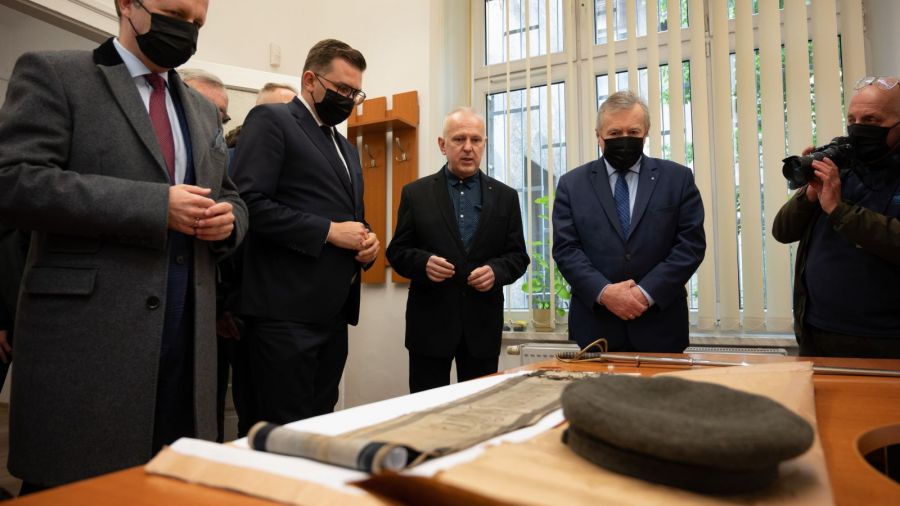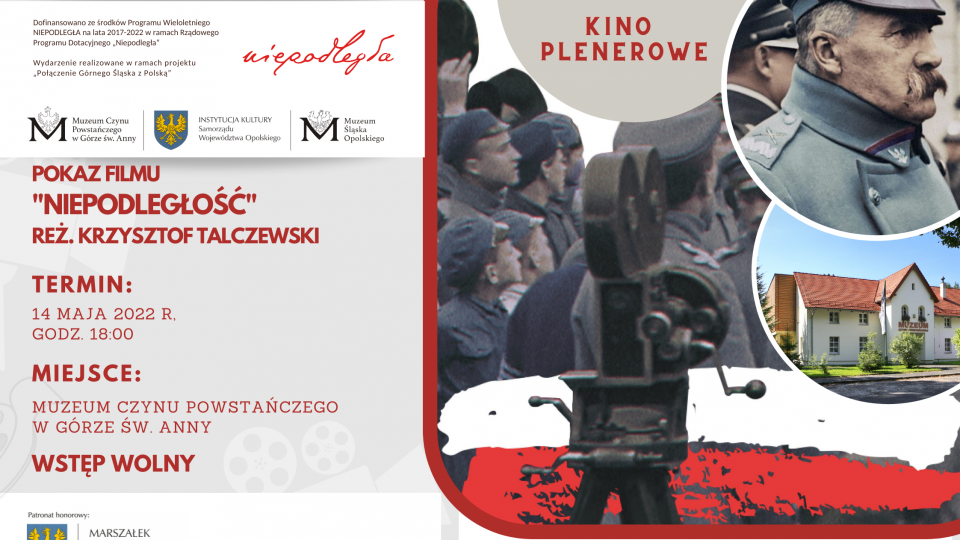Hey there! Ever heard of Góra Świętej Anny? It’s not just a pretty place; it's a spot steeped in history, specifically the Silesian Uprisings. Let's dive into what makes this place so important and explore the Muzeum Czynu Powstańczego located there.
What are Silesian Uprisings?
To understand the museum, we first need to know about the Silesian Uprisings. Think of it like this: after World War I, the map of Europe was being redrawn. One region, Upper Silesia, was caught in the middle between Poland and Germany. People in Upper Silesia were given the opportunity to vote in a plebiscite, or popular vote, to determine whether they wanted to be part of Poland or Germany. Imagine your school deciding what to serve in the cafeteria, and everyone gets to vote for pizza or burgers – that's similar to a plebiscite, but much more serious.
The Silesian Uprisings were three armed conflicts fought between 1919 and 1921. These were essentially wars for Upper Silesia. The people of Upper Silesia were fighting for the right to self-determination, or the freedom to choose their own destiny and which country they wanted to be a part of. Each uprising had different results and impacted the final division of the region.
Why Uprisings and Not Just a Vote?
Good question! The plebiscite itself was supposed to settle the issue. But the atmosphere was tense, with accusations of voter intimidation and manipulation from both sides. Imagine if that school cafeteria vote was plagued with rumors that some students were being forced to vote a certain way. That’s the kind of environment that led to the uprisings. People felt that the plebiscite alone wasn't a fair way to decide Upper Silesia's future, so they took up arms.
Introducing the Muzeum Czynu Powstańczego
Now that you know the context, let's talk about the Muzeum Czynu Powstańczego, or the Museum of the Silesian Uprising Act. It's located on Góra Świętej Anny, a place that witnessed some of the fiercest fighting during the Third Silesian Uprising. This museum isn't just a collection of dusty artifacts; it's a place where you can learn about the people who fought in those uprisings and the sacrifices they made.
Think of it as a time machine. When you enter the museum, you’re transported back to the early 20th century. You’ll see weapons, uniforms, documents, and personal belongings of the insurgents – the people who fought in the uprisings. It's like walking through a family album, but instead of vacation photos, you see the story of a region fighting for its identity.
What Can You See There?
The museum is filled with interesting exhibits. You'll find things like original firearms used during the uprisings, the uniforms worn by the insurgents (imagine seeing a soldier's actual coat!), and personal letters that reveal the thoughts and feelings of the people involved. It's not just about guns and battles; it's about the human side of the conflict.
The museum also presents the political context of the time. You'll see maps showing the changing borders of Europe, and documents that explain the complex negotiations between Poland and Germany. It’s like trying to solve a complicated puzzle, where each piece represents a different factor in the conflict. The museum helps you understand how all the pieces fit together.
Why is Góra Świętej Anny Important?
Góra Świętej Anny itself is a crucial location. It's a strategically important hill that offered a commanding view of the surrounding area. During the Third Silesian Uprising, fierce battles were fought for control of this hill. Holding Góra Świętej Anny meant controlling a key piece of territory. Imagine it as the "king of the hill" game, but with much higher stakes.
The name Góra Świętej Anny means Saint Anne's Mountain. It’s also a significant religious site, making it a place of pilgrimage for many Catholics. The combination of religious significance and strategic importance makes it a truly unique and meaningful location.
The Role of the Insurgents
The insurgents were ordinary people who rose up to fight for what they believed in. They were miners, farmers, and factory workers who took up arms to defend their homes and their right to choose their own future. Imagine your neighbors organizing themselves to protect your community. That's similar to what the Silesian insurgents did.
The museum emphasizes their courage and determination. It highlights the sacrifices they made and the hardships they endured. It's important to remember that these were not professional soldiers; they were ordinary people who were willing to risk everything for their cause.
Why Visit the Museum?
Visiting the Muzeum Czynu Powstańczego is a powerful way to learn about a significant chapter in Polish history. It's more than just reading a textbook; it's about experiencing the history firsthand. You'll see the artifacts, read the stories, and feel the weight of the past.
It also helps you understand the complexities of history. There were no easy answers in the Silesian Uprisings. It was a conflict with many different perspectives and motivations. The museum encourages you to think critically about the events and to consider all sides of the story. Just like real life situations, there are always more than one angle to be considered.
Furthermore, the museum teaches us about the importance of self-determination and the right to choose one's own destiny. The Silesian Uprisings were ultimately about the people of Upper Silesia deciding their own future. It's a reminder that we should never take our freedoms for granted.
So, next time you're looking for a place to visit that's both educational and moving, consider the Muzeum Czynu Powstańczego on Góra Świętej Anny. It's a place where you can connect with the past and learn valuable lessons for the future. It's not just a museum; it's a tribute to the courage and determination of the Silesian people.

